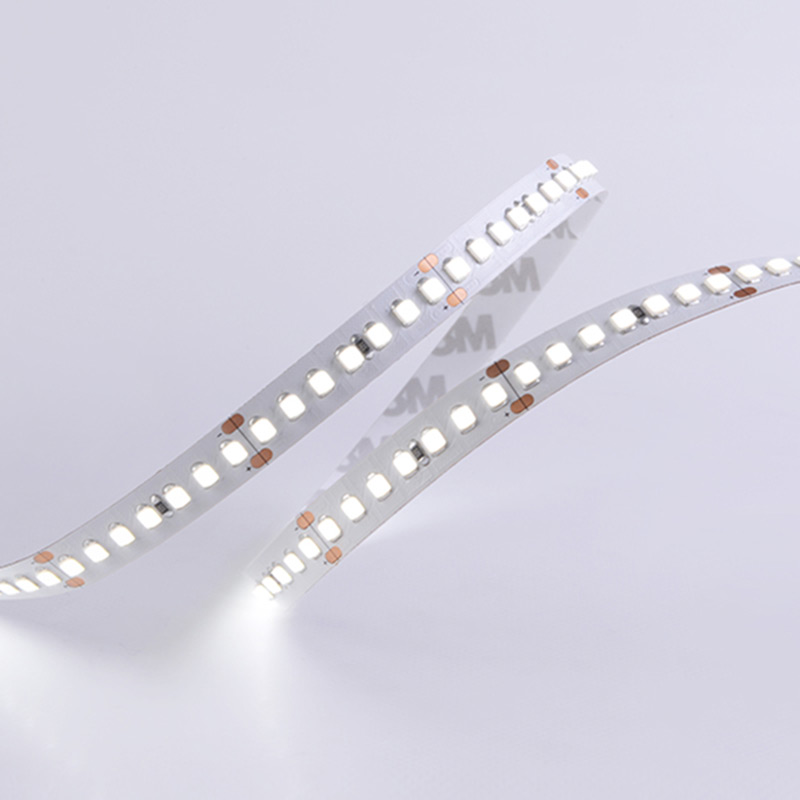
-
 Afrikaans
Afrikaans -
 Albanian
Albanian -
 Amharic
Amharic -
 Arabic
Arabic -
 Armenian
Armenian -
 Azerbaijani
Azerbaijani -
 Basque
Basque -
 Belarusian
Belarusian -
 Bengali
Bengali -
 Bosnian
Bosnian -
 Bulgarian
Bulgarian -
 Catalan
Catalan -
 Cebuano
Cebuano -
 Corsican
Corsican -
 Croatian
Croatian -
 Czech
Czech -
 Danish
Danish -
 Dutch
Dutch -
 English
English -
 Esperanto
Esperanto -
 Estonian
Estonian -
 Finnish
Finnish -
 French
French -
 Frisian
Frisian -
 Galician
Galician -
 Georgian
Georgian -
 German
German -
 Greek
Greek -
 Gujarati
Gujarati -
 Haitian Creole
Haitian Creole -
 hausa
hausa -
 hawaiian
hawaiian -
 Hebrew
Hebrew -
 Hindi
Hindi -
 Miao
Miao -
 Hungarian
Hungarian -
 Icelandic
Icelandic -
 igbo
igbo -
 Indonesian
Indonesian -
 irish
irish -
 Italian
Italian -
 Japanese
Japanese -
 Javanese
Javanese -
 Kannada
Kannada -
 kazakh
kazakh -
 Khmer
Khmer -
 Rwandese
Rwandese -
 Korean
Korean -
 Kurdish
Kurdish -
 Kyrgyz
Kyrgyz -
 Lao
Lao -
 Latin
Latin -
 Latvian
Latvian -
 Lithuanian
Lithuanian -
 Luxembourgish
Luxembourgish -
 Macedonian
Macedonian -
 Malgashi
Malgashi -
 Malay
Malay -
 Malayalam
Malayalam -
 Maltese
Maltese -
 Maori
Maori -
 Marathi
Marathi -
 Mongolian
Mongolian -
 Myanmar
Myanmar -
 Nepali
Nepali -
 Norwegian
Norwegian -
 Norwegian
Norwegian -
 Occitan
Occitan -
 Pashto
Pashto -
 Persian
Persian -
 Polish
Polish -
 Portuguese
Portuguese -
 Punjabi
Punjabi -
 Romanian
Romanian -
 Russian
Russian -
 Samoan
Samoan -
 Scottish Gaelic
Scottish Gaelic -
 Serbian
Serbian -
 Sesotho
Sesotho -
 Shona
Shona -
 Sindhi
Sindhi -
 Sinhala
Sinhala -
 Slovak
Slovak -
 Slovenian
Slovenian -
 Somali
Somali -
 Spanish
Spanish -
 Sundanese
Sundanese -
 Swahili
Swahili -
 Swedish
Swedish -
 Tagalog
Tagalog -
 Tajik
Tajik -
 Tamil
Tamil -
 Tatar
Tatar -
 Telugu
Telugu -
 Thai
Thai -
 Turkish
Turkish -
 Turkmen
Turkmen -
 Ukrainian
Ukrainian -
 Urdu
Urdu -
 Uighur
Uighur -
 Uzbek
Uzbek -
 Vietnamese
Vietnamese -
 Welsh
Welsh -
 Bantu
Bantu -
 Yiddish
Yiddish -
 Yoruba
Yoruba -
 Zulu
Zulu
Steps for Converting Drum Brakes to Disc Brakes on Your Vehicle
Converting Drums to Disc Brakes A Comprehensive Guide
When it comes to enhancing your vehicle's braking performance, one of the most significant upgrades you can consider is converting from drum brakes to disc brakes. This modification can lead to improved stopping power, better heat dissipation, and enhanced overall safety. If you’re contemplating this upgrade, here’s a step-by-step guide on how to convert drum brakes to disc brakes.
Understanding the Basics Drum vs. Disc Brakes
Before diving into the conversion process, it’s essential to understand the differences between drum and disc brakes. Drum brakes consist of a hollow drum that spins with the wheel. When the brake is applied, shoes expand against the inside of the drum to create friction. On the other hand, disc brakes utilize a flat, circular disc that spins with the wheel. When brakes are applied, calipers squeeze brake pads against the disc, providing more efficient braking and faster cooling.
Benefits of Upgrading to Disc Brakes
1. Improved Stopping Power Disc brakes offer superior friction than drum brakes, allowing for shorter stopping distances. 2. Better Heat Dissipation Since disc brakes are exposed to air, they dissipate heat better, reducing the risk of brake fade during prolonged use. 3. Easier Maintenance Disc brake components are typically easier to inspect and replace compared to drum brakes.
The Conversion Process
1. Gather Your Tools and Parts Before starting, ensure you have the necessary tools and parts. You will need - Disc brake conversion kit (includes rotors, calipers, brake pads, and mounting hardware) - Hydraulic brake lines - Brake fluid - Socket set and wrenches - Jack and jack stands
how to convert drums to disc brakes

2. Prepare Your Vehicle Safely lift your vehicle using a jack and secure it with jack stands. Remove the wheels to gain access to the brake components.
3. Remove the Drum Brakes Take off the brake drums by unbolting the drum assembly. You may need to disconnect the brake lines and remove the wheel cylinder. Be sure to retain any hardware that may be required for the new setup.
4. Install the New Disc Brake Components - Mount the New Rotors Attach the rotors to the wheel hub, ensuring they are secured properly. - Fix the Calipers Install the calipers on the brackets, allowing them to align with the rotors. Don’t forget to secure them tightly. - Attach Brake Pads Insert the new brake pads into the calipers, following the instructions provided with your conversion kit.
5. Connect Hydraulic Lines Install the new hydraulic brake lines that come with the kit, ensuring they are routed properly without any sharp bends or kinks.
6. Bleed the Brakes Once everything is installed, bleed the brake lines to remove any air that may have entered the system during the installation. This step is crucial for maintaining proper brake function.
7. Reassemble and Test Reattach the wheels and lower your vehicle. Before driving, pump the brake pedal a few times to ensure that the brake pads seat properly. Then, take your vehicle for a gentle test drive to check for proper operation.
Final Thoughts
Converting from drum brakes to disc brakes can significantly enhance your vehicle's braking capabilities. While the process requires some mechanical knowledge and tools, the benefits—improved performance, safety, and maintenance ease—are worth the effort. Always remember to consult your vehicle’s service manual and consider getting help from a professional if you’re uncertain about any step in the process. Safe driving!
-
What Are Drum BrakesNewsJul.07,2025
-
Understanding Brake Drum MaterialNewsJul.07,2025
-
Semi-Trailer Brake Drum: A Key Component for Extreme Loads and Long-Distance TransportNewsJul.07,2025
-
Drum Brake Pads for SaleNewsJul.07,2025
-
Brake Drums for SaleNewsJul.07,2025
-
Brake Drum ManufacturerNewsJul.07,2025
-
Aluminum Brake Drums: The Future of High-Performance CarsNewsJul.07,2025
